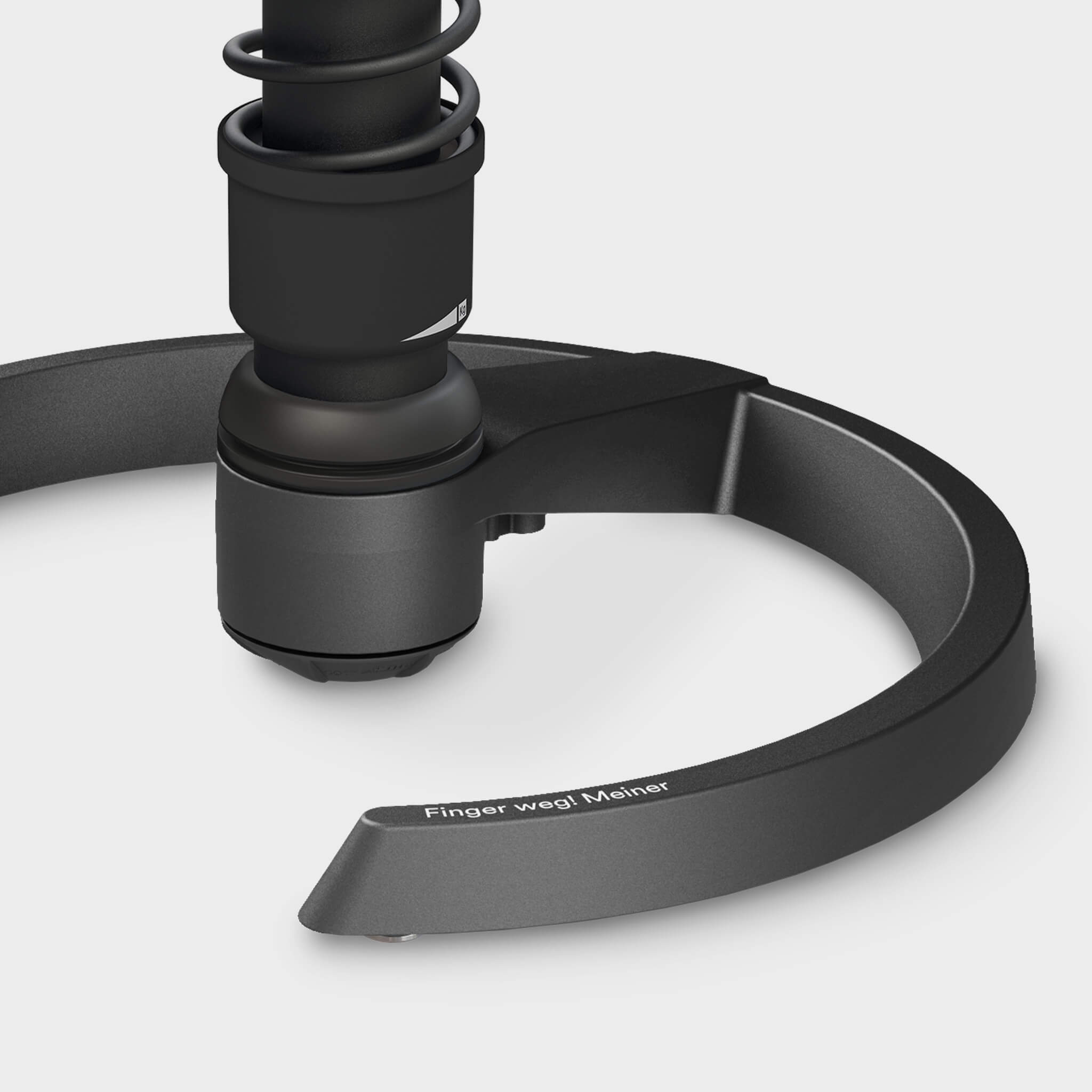What is sciatica?
Sciatica sounds complicated, but it means nothing more than pain caused by an inflammation of the sciatic nerve (Nervus ischiadicus). Sciatica is a lumbar nerve root in the lower lumbar region. This nerve transmits sensations from the leg to the spinal cord and vice versa, commands from the brain to the leg.
If the sciatic nerve or the nerve root is trapped, it is initially irritated, which can lead to severe inflammation of the nerve over time. In this case, it is referred to as sciatica or sciatic syndrome.
Sciatica is associated with extreme pain that can radiate or extend from the lower back, across the buttocks, into the leg or even into the foot. Sciatica is often equated with lumbago , but this is incorrect.
By the way, what is known as lumboischalgia is more common than pure sciatica. This is a combination of lumbago and sciatica. The affected person then feels the back pain from the slipped disc and the back pain from the sciatica that extends into the leg.
How does sciatica develop?
The most common cause of sciatic nerve irritation is a slipped disc. When a slipped disc occurs , the disc is put under so much pressure that its nucleus pulposus is pushed outwards through the covering, the annulus fibrosus. Since discs act like shock absorbers between the vertebrae, this cushioning is suddenly missing. The nucleus pulposus now presses on the sciatic nerve in the spinal canal, which can lead to inflammation and thus pain. But swelling and tumors, circulatory problems and even shingles can also irritate the sciatic nerve and cause pain.
Sciatica and exercise
Even if immobility and lying down initially provide relief, it is important to start moving again as soon as possible and to go about your normal daily routine if you have sciatica. The same applies here: taking it easy is harmful, because the blood circulation promoted by movement helps with healing. Physiotherapy and physical therapy as well as regular mobility exercises and exercises to strengthen the lower back help here both therapeutically and prophylactically.
Sciatica and sitting
Sitting rigidly for long periods of time puts strain on the back and can lead to slipped discs and sciatica. Exercise helps against both. Therefore, you should avoid sitting for long periods of time without moving if possible. There are now chairs that encourage movement for both the office and the home. All Aeris chairs are specially designed to combat a lack of movement and enable flexible, natural movements. Ideal for activating the muscles, strengthening the back - and thus also for preventing sciatica and other back problems.
How long does sciatica last?
Sciatica can last for several weeks. It is therefore important to relieve pain quickly and relieve the strain on the sciatic nerve. During the convalescence period, you should start doing exercises to strengthen your back muscles so that acute sciatica does not become chronic.
References
Active Office®: Why offices make us sick and what can be done about it, Josef Glöckl and Dieter Breithecker, Springer Gabler Verlag, 2014
